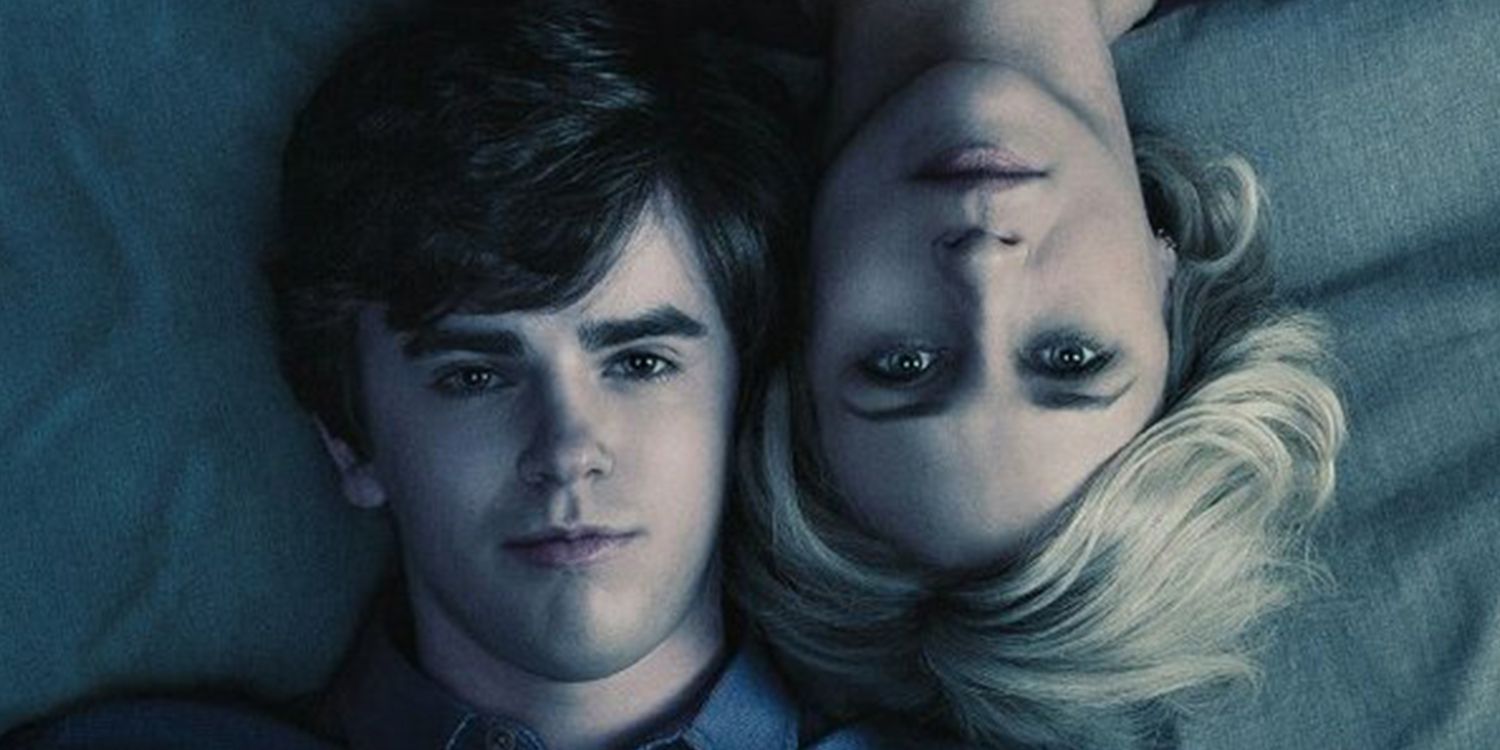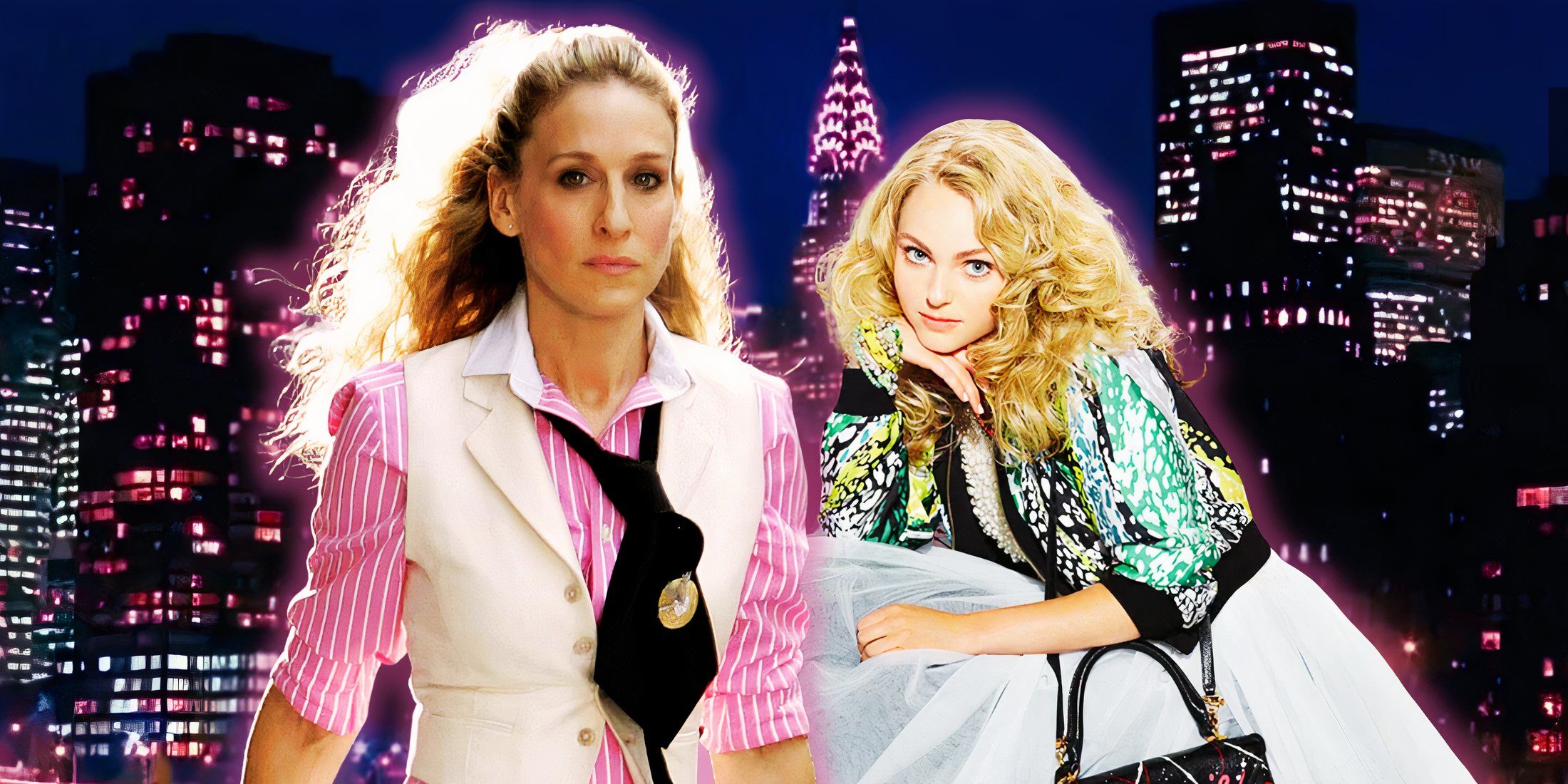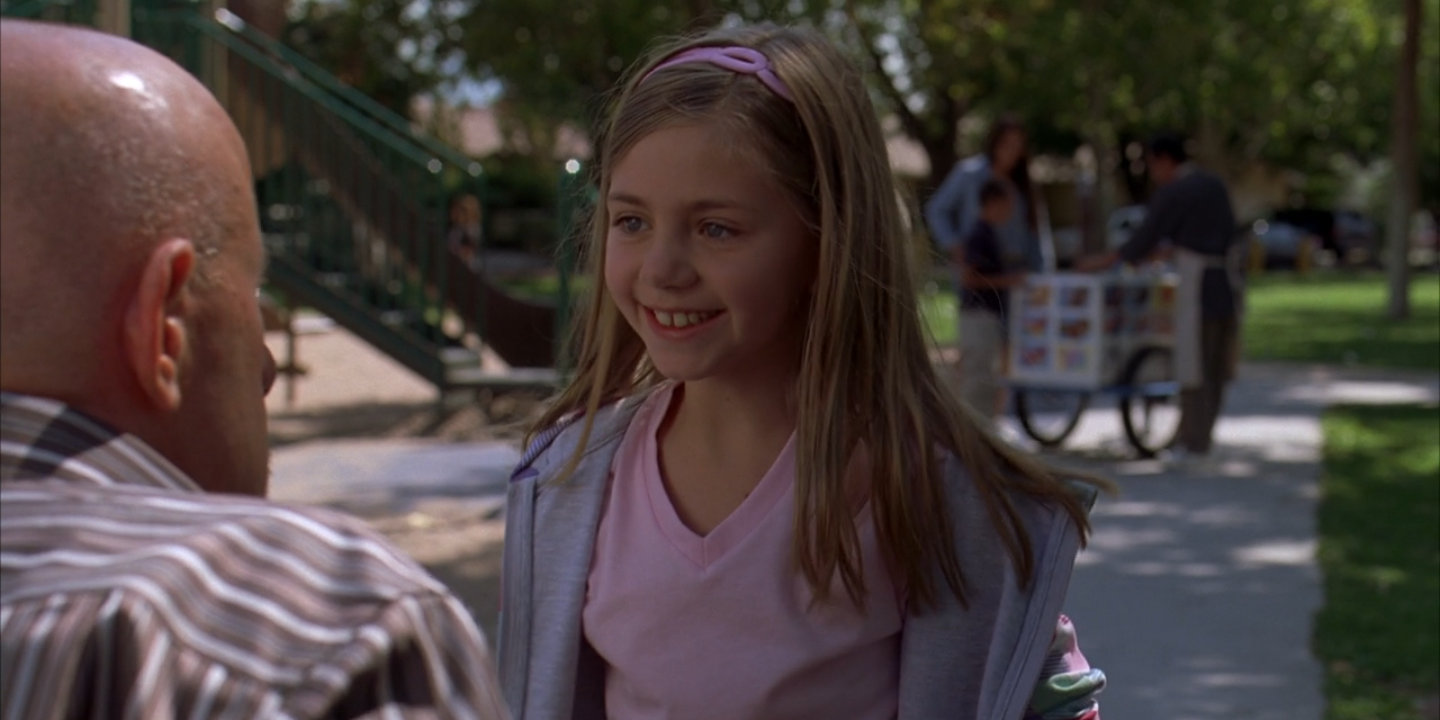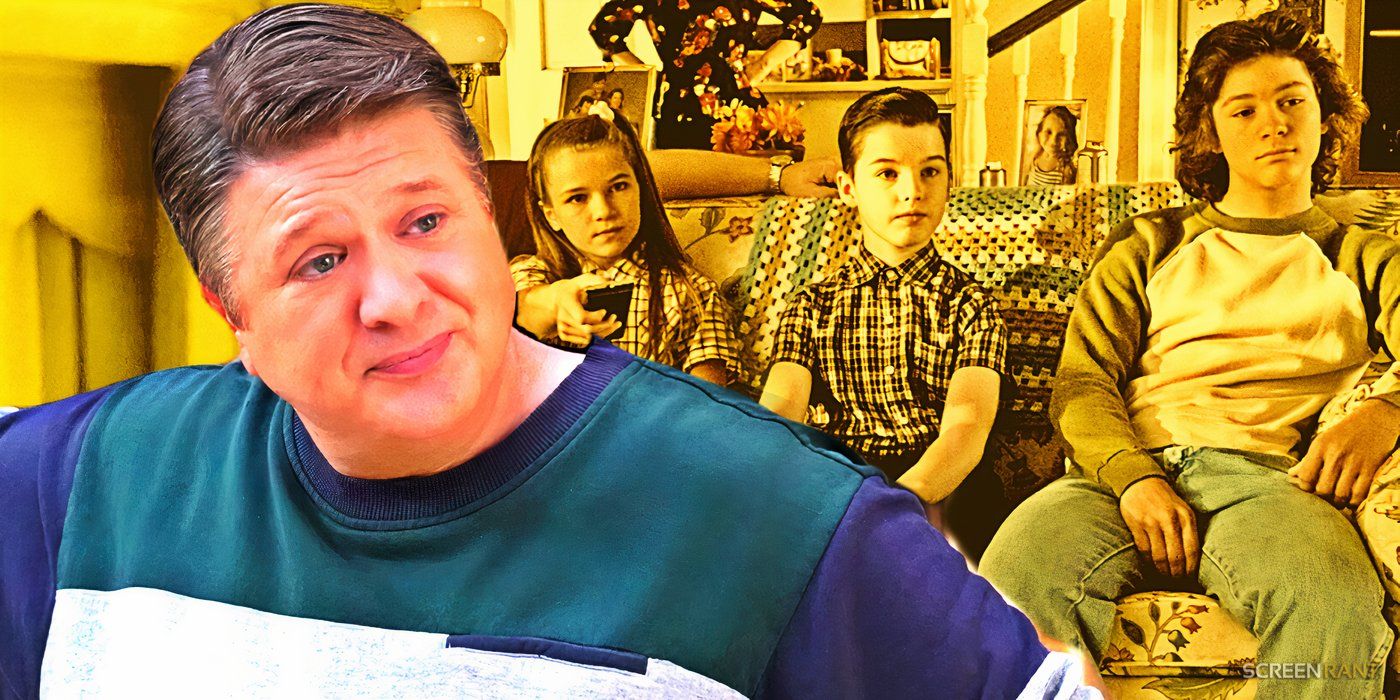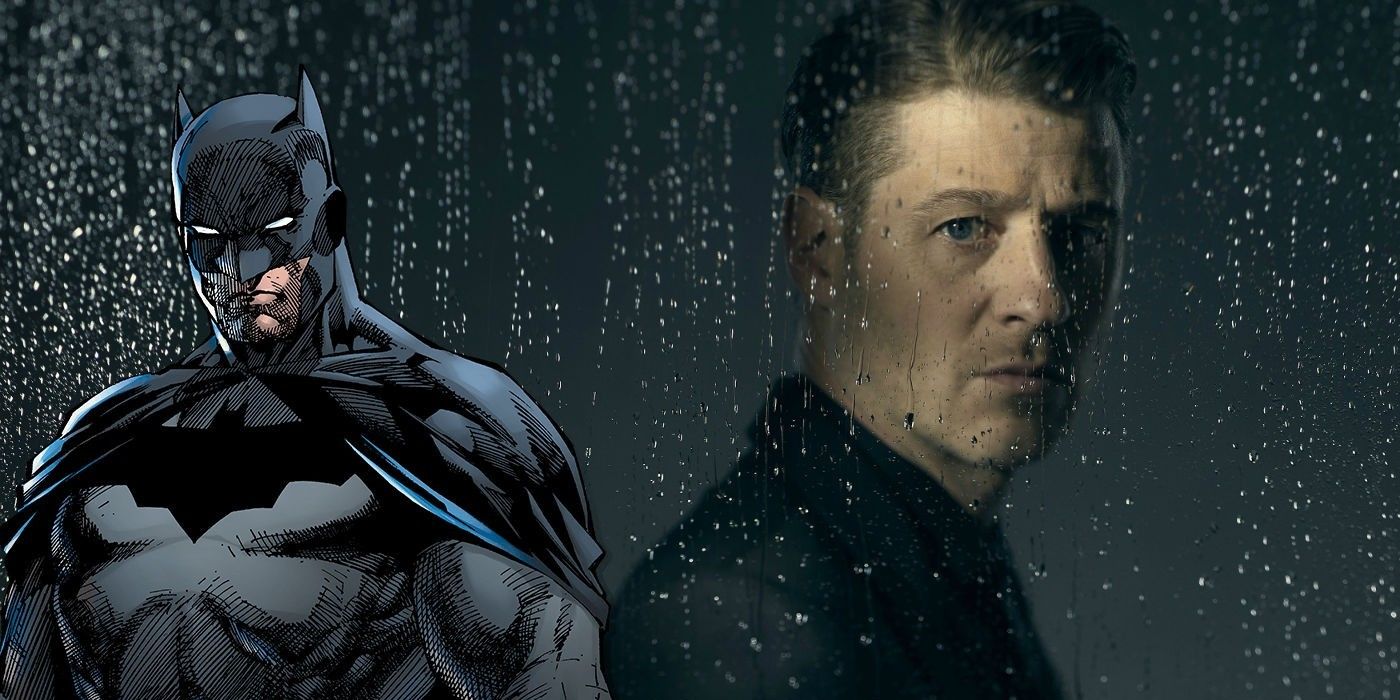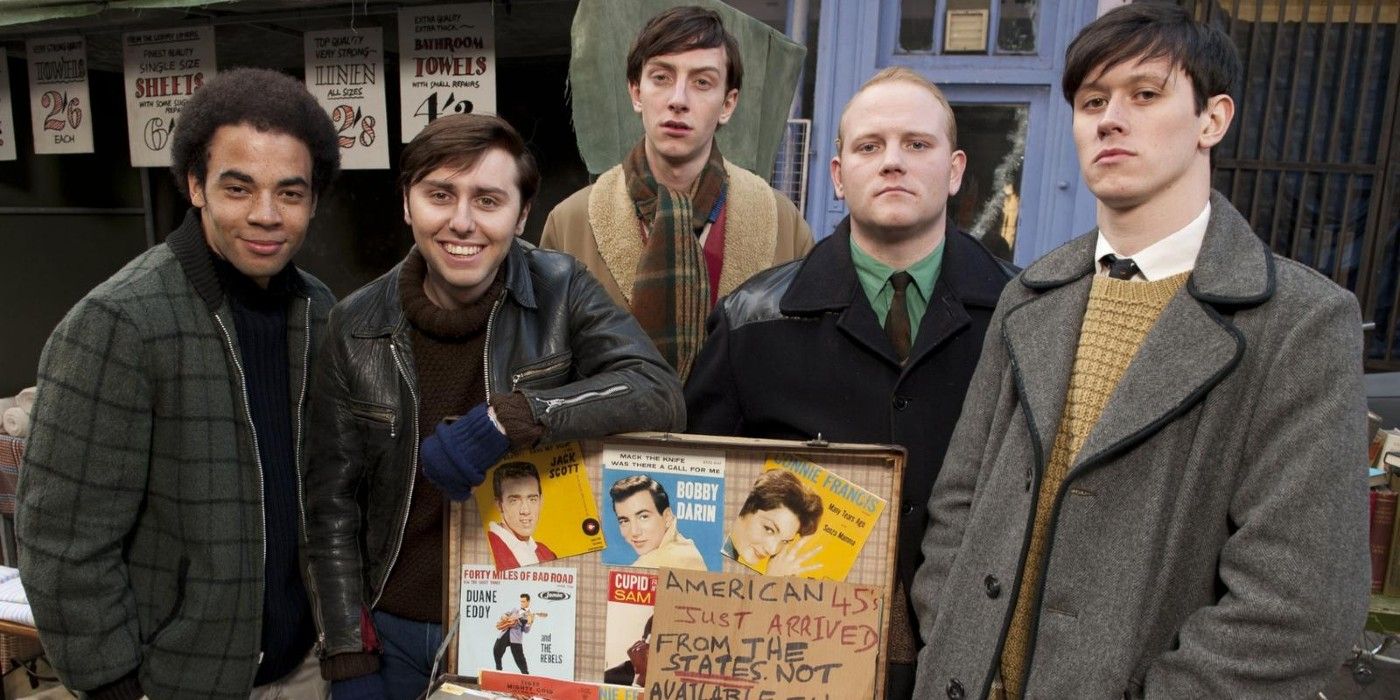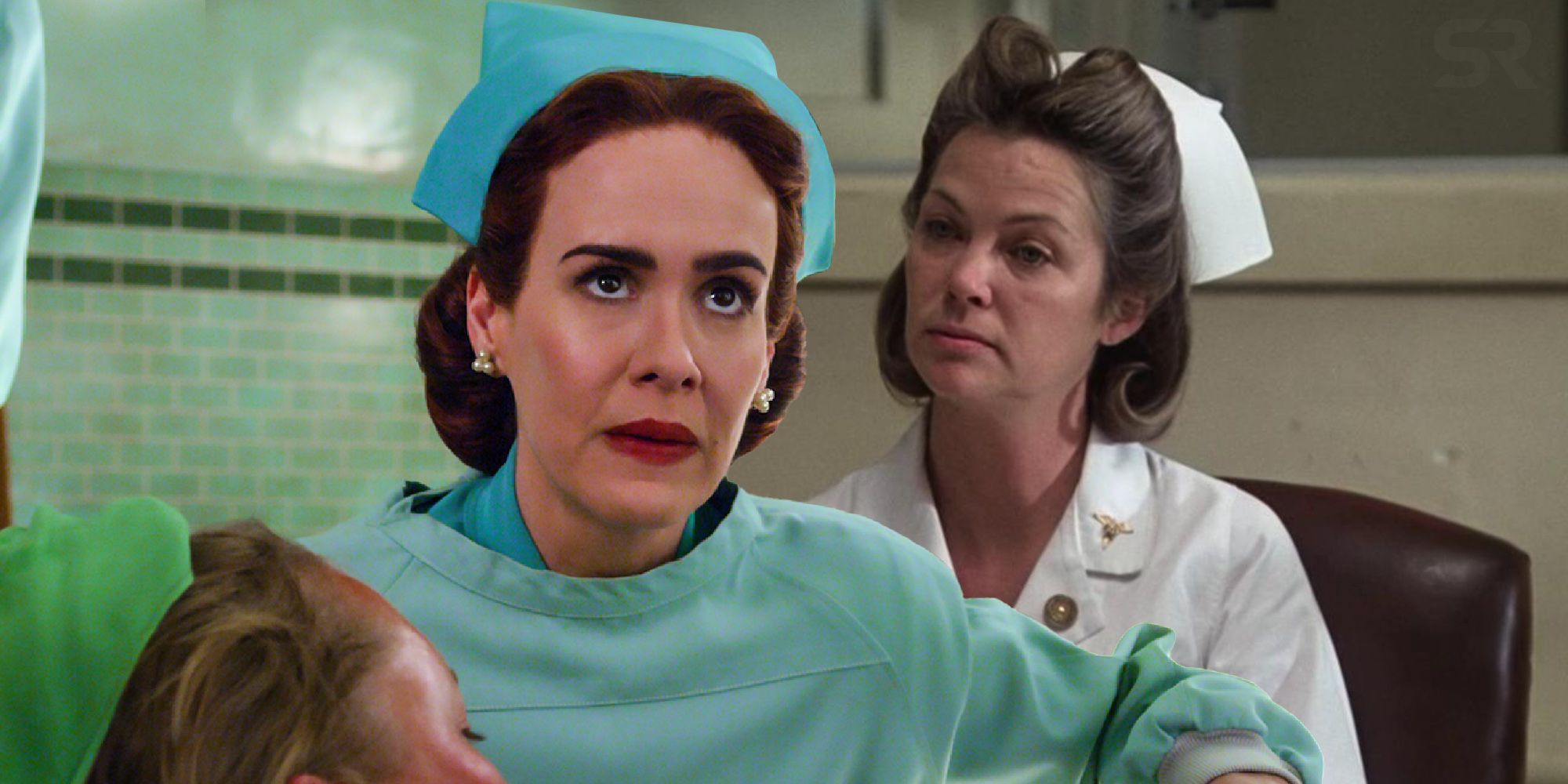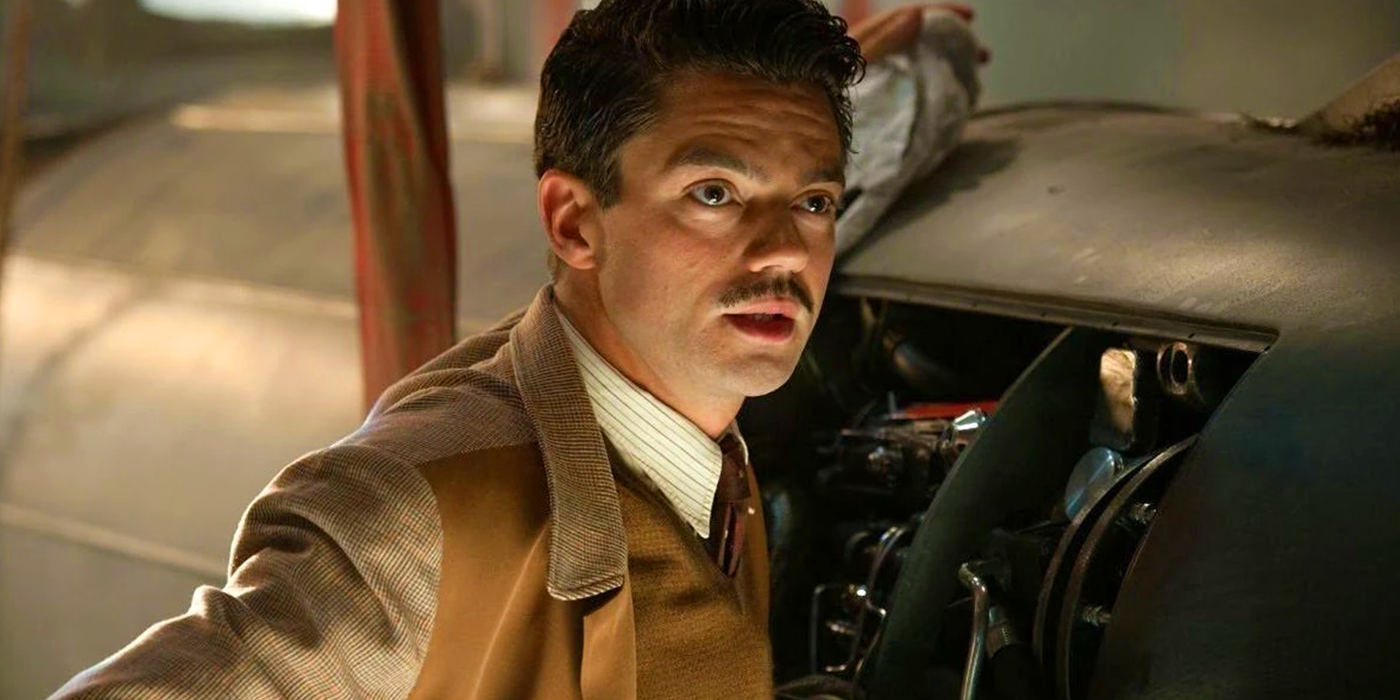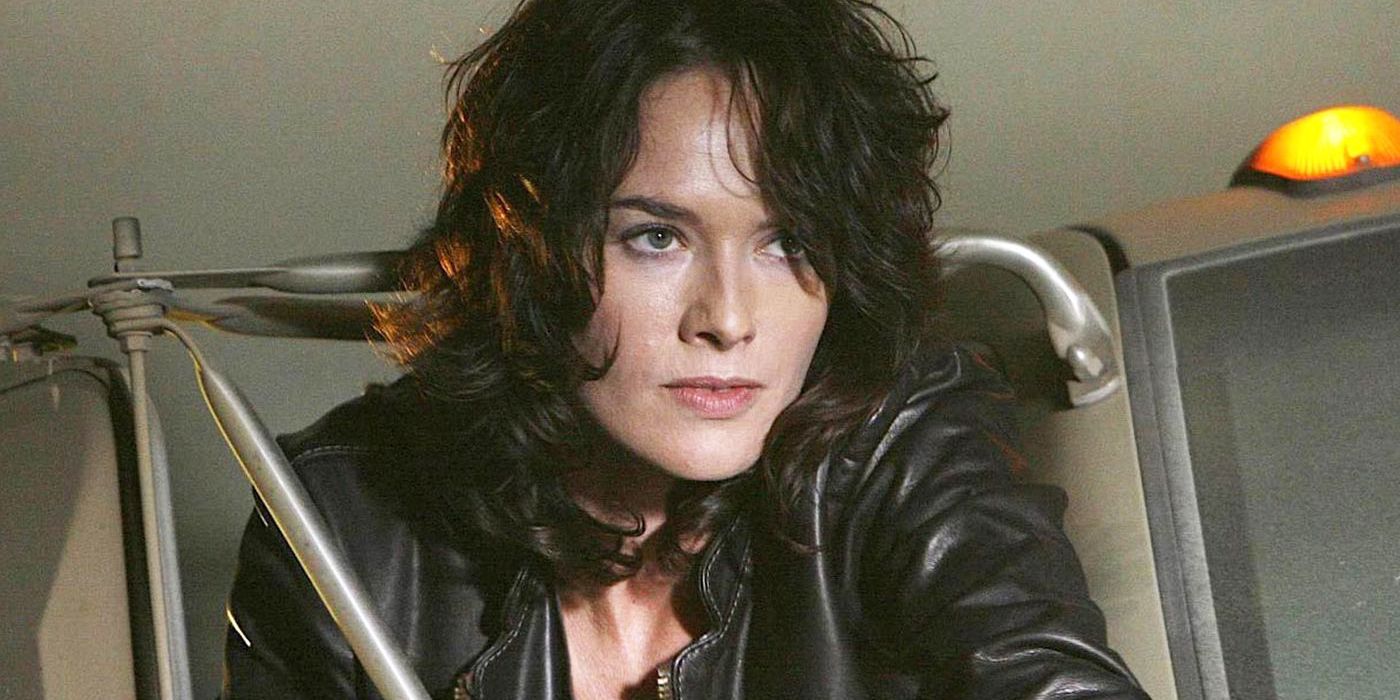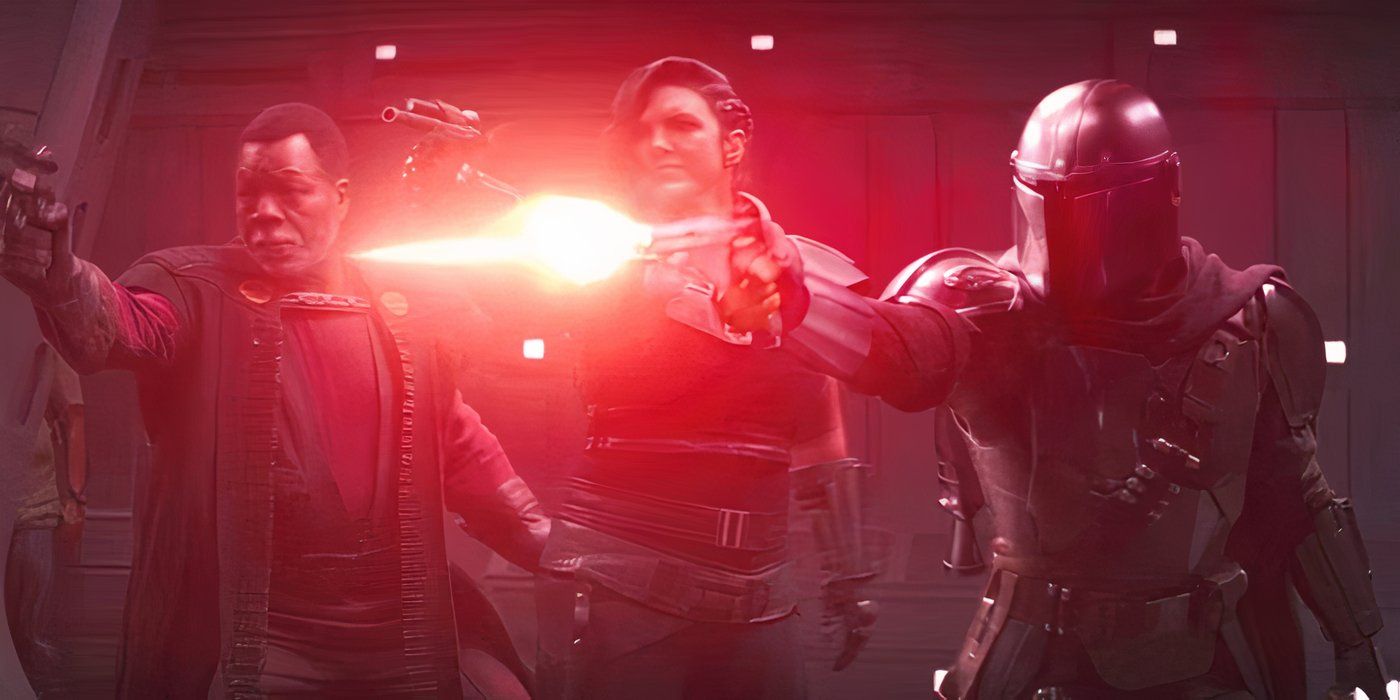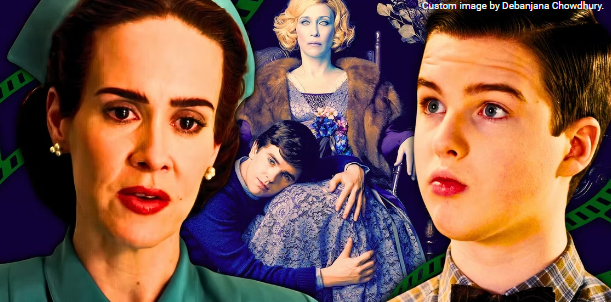
Prequel TV shows can be a great way to expand upon a franchise mythology, but just as often, they can create continuity issues. Many prequel series took beloved characters with untold backstories and fleshed out their histories, but in the process, they added new information that directly contradicted the previously established lore of a franchise. In other instances, the need to recast actors for the prequel series led to confusion around ages, appearances, and even personality traits.
Even franchises known for their incredible attention to detail, such as Breaking Bad, led to some continuity issues from the prequel series Better Call Saul. Changing timelines and contradictory histories can also be major problems for prequel series, which have to try to ensure everything matches up consistently but occasionally fall short. While slip-ups can sometimes be expected from prequel TV shows, it can be frustrating for viewers to feel like the franchise lacks consistent continuity.
10Bates Motel (2013 – 2017)
Bates Motel changed the entire timeline of the franchise
The idea of a prequel based on Norman Bates was an interesting way to expand upon the lore of the Psycho franchise; however, in the process, Bates Motel changed the series’ continuity entirely. As a contemporary prequel, Bates Motel switched out the 1960 setting of Alfred Hitchcock’s original movie and reimagined Norman in the internet age. This certainly took some getting used to and may have rubbed some cinephiles the wrong way, but over the course of five seasons, Bates Motel forged a unique identity and became a worthy addition to the franchise.
Bates Motel was different from Psycho in many ways, as it added a backstory that was not part of Norman’s original character and provided new insights into his psychological troubles and deeply strange relationship with his mother. Even though the final season of Bates Motel loosely adapted the original Psycho novel by Robert Bloch, which served as the basis for Hitchock’’s film, the continuity issues were so vast that Bates Motel must be considered an alternative timeline. It’s a testament to the enduring appeal of Norman’s character that he could transcend generations for this prequel series.
9The Carrie Diaries (2013 – 2014)
The Carrie Diaries contradicted previously established aspects of Carrie Bradshaw
Unfortunately, The Carrie Diaries was full of inconsistencies from previously established events from the life of Sex and the City protagonist, Carrie Bradshaw. As a prequel series that explored Carrie discovering life in New York City during her senior year of high school, it often felt like this character had a different teenage experience than the original TV version played by Sarah Jessica Parker. With much more optimism and innocence, sometimes it was hard to accept that the Carrie from The Carrie Diaries was the same one from Sex and the City.
While the teenage Carrie seemed to be more self-assured, the continuity of Sex and the City presented her as struggling to find purpose and meaning in her work and relationships. Other aspects, such as Carrie’s stories about losing her virginity, don’t align between the two series, and characters who played a major part in her teenage life were not even mentioned in Sex and the City. Of course, this was often the case for prequels, but in The Carries Diaries, the sheer volume of inconsistencies was jarring.
8Better Call Saul (2015 – 2022)
Better Call Saul’s timeline had a consistency issue
The Breaking Bad prequel, Better Call Saul, paid extraordinarily detailed attention to the franchise’s continuity and made consistent efforts to address any inconsistencies between the two series. This included Saul Goodman’s previously mentioned marriages, which were explained through small Better Call Saul details that some viewers may have missed. However, one continuity issue that was not so easily rectified was the inconsistency of Mike Ehrmantraut’s granddaughter Kaylee, who appeared to be of a different age throughout her appearances across Breaking Bad and Better Call Saul.
Throughout both series, Kaylee was played by four different actresses of varying ages, and eagle-eyed viewers quickly noticed that the dates for the character just never seemed to add up. In the Breaking Bad season 5 episode “Madrigal,” the DEA agent Hank Schrader stated that Kaylee was 10 years old, which Mike did not disagree with. However, this directly contradicted Kaylee’s age in Better Call Saul, where she was too old for the timelines to match. Although this inconsistency can be frustrating, it was one of the few errors in the Breaking Bad universe.
7Young Sheldon (2017 – 2024)
Young Sheldon changed aspects of Sheldon’s childhood
As a chronicle of the early life of the theoretical physicist Sheldon Cooper, Young Sheldon was a prequel to The Big Bang Theory that, despite being well-received, still introduced continuity errors when compared to the original show. As one of the most interesting and enigmatic characters from The Big Bang Theory, it was exciting to look back on Shelodn’s childhood and discover how he grew into the unusual man he became. However, along the way, Young Sheldon began to directly contradict previously established lore.
One of the biggest inconsistencies in Young Sheldon was how it portrayed George Sr., Sheldon’s father, who was described much differently on The Big Bang Theory. The original series presented Sheldon’s father as an alcoholic, while on Young Sheldon, he was seen occasionally drinking beer but not necessarily having major dependency issues. This could be explained away by a child’s perception being different from the adult’s belief, but it still made for an interesting continuity error in Young Sheldon.
6Gotham (2014 – 2019)
Gotham changed the previously established Batman lore
As a gritty look at the early days of Jim Gordan’s time with the Gotham City Police Department, Gotham was a prequel series based on the mythos of the DC superhero Batman. While Gotham introduced many well-known characters from across the Batman universe, it was also not afraid to depart from the franchise’s continuity and put its own spin on the circumstances surrounding Bruce Wayne’s decision to become the Caped Crusader. While the series was well-received, Gotham made many changes to the Batman that audiences knew and liked so well.
Without Batman as the main series protagonist, Gotham introduced several villains whose backstories were far different from the comics, TV series, and movie depictions that viewers had previously seen. The origin stories of Batman’s famous foes were recontextualized to fit in with the timeline of Gotham, and this changed the core tenets of Batman mythology, such as that he often accidentally created his own villains. Gotham used a different method to tell an entirely new kind of Batman story, and it was all the more interesting because of it.
5Rock & Chips (2010 – 2011)
Roch & Chips had some inconsistencies when it came to ages
Rock & Chips was the short-lived miniseries prequel to the acclaimed British sitcom Only Fools and Horses. An origin story for the iconic comedy character Del Boy, Rock & Chips was a unique take on classic characters that unfortunately created its share of continuity issues. The most glaring example related to the Only Fools and Horses character Rodney Trotter’s age and the disparity between his older brother, as the dates of Rodney’s birth did not align with previously established events in Only Fools and Horses, which made the two shows directly contradict one another.
However, Only Fools and Horses also included several inconsistencies regarding Rodney’s age, as he has several different birthdates and even the years of his birth have varied from episode to episode. Lovers of the original series will remember that Only Fools and Horses played into the confusion about Rodney’s age in the Series 6 episode “The Unlucky Winner Is…” when, as a fully grown man, he pretended to be 14 years old. This hilarious development occurred because Rodney unknowingly won a drawing competition aimed at teenagers and had to keep up the lie to win a holiday in Spain.
4Ratched (2020)
Ratched presented its lead character in a far more sinister light
The psychological thriller series Ratched was developed by American Horror Story creator Ryan Murphy and acted as a prequel to Ken Keney’s novel and the 1975 film One Flew Over the Cuckoo’s Nest. Ratched acted as an origin story for the villainous Nurse Ratched and featured Sarah Paulsen in the leading role as the sadistic medical practitioner. The only issue was that the Nurse Ratched seen in the series exhibited qualities far more extreme than anything seen in any previous depiction of the character.
Although Nurse Ratched was a truly terrifying character in One Flew Over the Cuckoo’s Nest, she was also incredibly passive-aggressive. Within the Ratched series, Nurse Ratched was seen as actively sadistic and vindictive in a way that did not align with the previous portrayals of her character. While both characterizations were horrific in their own way, it was difficult, as a viewer, to accept the two portrayals as being the same character.
3Agent Carter (2015 – 2016)
Agent Carter had some timeline inconsistencies involving characters ages
Marvel’s Agent Carter was an enjoyable addition to the Marvel Cinematic Universe. It helped expand the franchise’s lore on television and gave new insight into the character of Peggy Carter. However, despite being part of the MCU’s overall continuity, Agent Carter also brought up some inconsistencies that viewers noticed did not align with previously established facts. As a prequel series, Agent Carter had continuity issues regarding the ages of some of its characters.
The most glaring example was Howard Stark, the father of the future Iron Man, Tony Stark. Howard has been played by three different actors across the MCU, which has led to major disparities between his age and appearance each time he is recast. In the Agent Carter television series, Howard was played by Dominic Cooper, which led to some confusion as this does not align with the aging of his movie counterpart, John Slattery. While this was a minor issue for a franchise as vast as the MCU, it was still a noticeable inconsistency.
2Terminator: The Sarah Conner Chronicles (2008 – 2009)
TSCC had continuity issues involving dates
Terminator: The Sarah Conner Chronicles was a highly acclaimed television spin-off within the Terminator franchise that was canceled too soon after just two seasons. With an extraordinary lead performance by Lena Headey as Sarah Connor, the series revolved around the lives of Sarah and her son John, the future hero of mankind, working to prevent the creation of Skynet. As a time-travel-based franchise, Terminator: The Sarah Conner Chronicles was interesting as it could be viewed as both a sequel to Terminator 2: Judgement Day and a prequel to the dystopian futuristic timeline also seen in the franchise.
While Terminator: The Sarah Conner Chronicles significantly enhanced the series’ lore, it also contained several continuity errors, which could be expected from a franchise as overlapping and convoluted as this. One significant example was related to John Connor’s birthdate, which was shown as February 28, 1985, in T2. However, in The Sarah Conner Chronicles, it was said to be November 14.
1The Mandalorian (2019 – Present)
The Mandalorian had continuity issues which involved the production itself
Although Star Wars lovers have often been a difficult group to please, one show that received widespread acclaim was The Mandalorian. As a space Western set five years after the events of The Return of the Jedi, The Mandalorian could be viewed as a prequel to the events of the sequel trilogy, which opened the door for many old characters to return once again. However, The Mandalorian also had many continuity errors, some of which were so bad that Disney actually went back and removed them from the show (via The Verve.)
While most continuity errors in prequel series’ were related to inconsistent character traits, changing ages, or aspects that messed with the series lore, the most glaring one in The Mandalorian was a production issue. This was because in the Season 2 episode “The Siege,” a crew member wearing jeans could be seen hiding behind a wall. If this production member’s cameo were to be accepted as canon within the Star Wars universe, it would destroy the series continuity as the franchise would have to account for Earth-based fashion trends.
